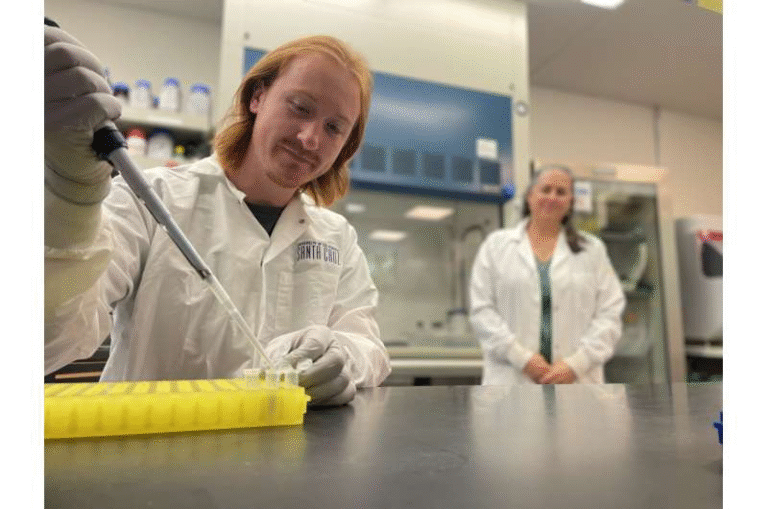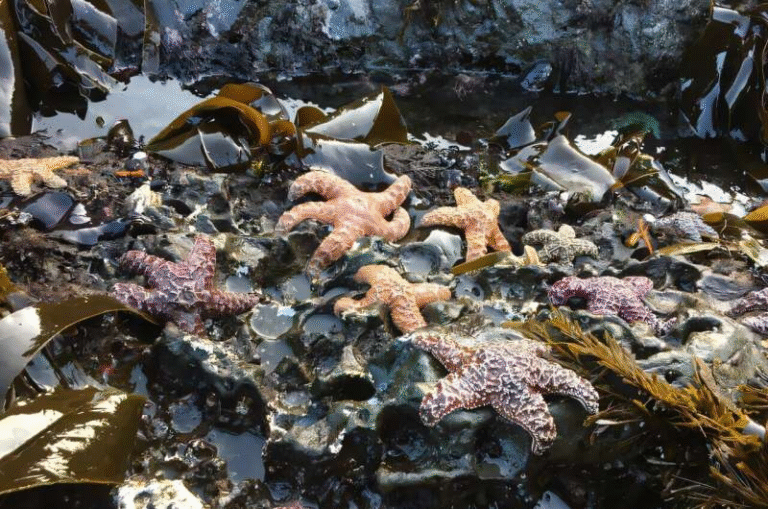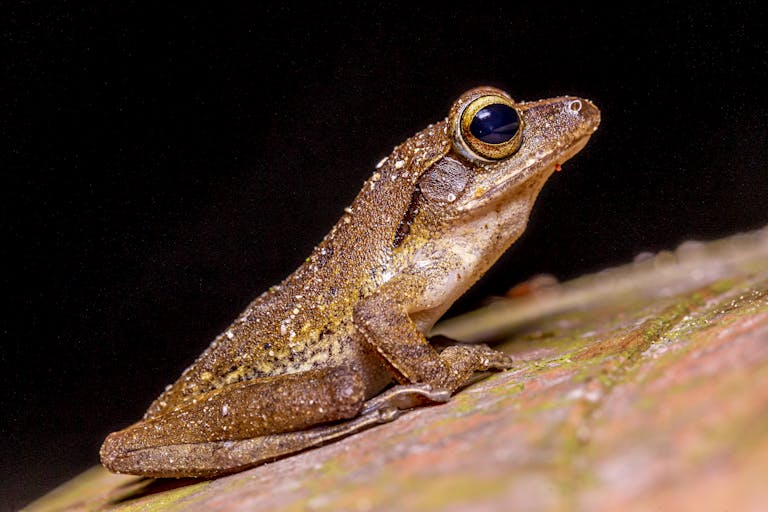Why a Floating Seaweed Is Taking Over the Atlantic Ocean
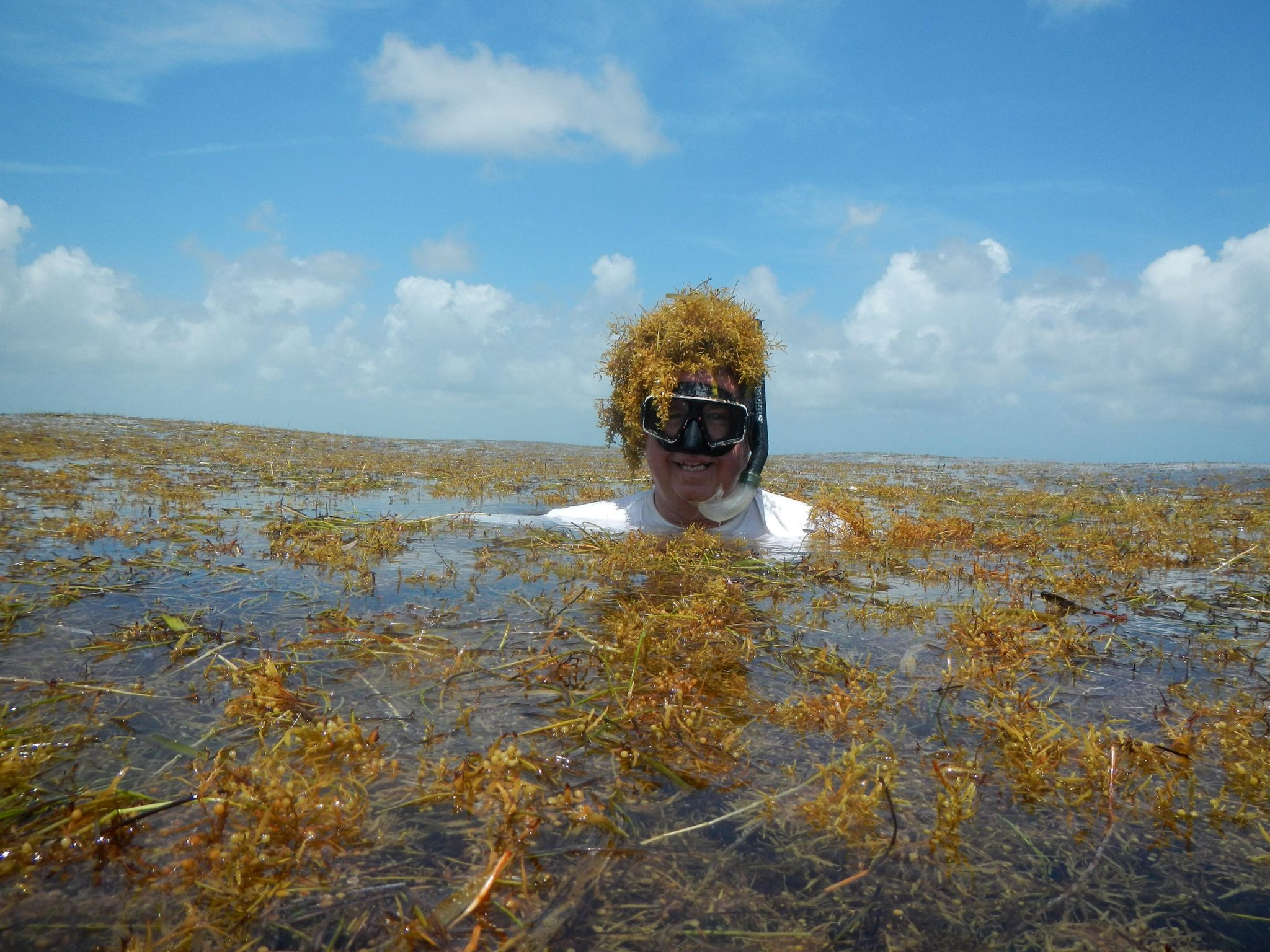
The Atlantic Ocean is experiencing an enormous transformation because of sargassum, a type of floating brown seaweed. For centuries, sargassum was known mainly in the Sargasso Sea, a region of the North Atlantic with clear, nutrient-poor waters. Scientists long believed this was its natural home, where it drifted in scattered patches. But new research reveals a much larger and rapidly growing story: sargassum has expanded into a massive seasonal phenomenon now called the Great Atlantic Sargassum Belt (GASB).
This development is not just an oddity of ocean science. It’s a change with very real consequences for ecosystems, fisheries, tourism, coastal communities, and even public health. Let’s break down the latest findings and then look at what’s really driving this unprecedented growth.
Forty Years of Research on Sargassum
Researchers at Florida Atlantic University’s Harbor Branch Oceanographic Institute have compiled a detailed review of forty years of data, combining historical records, satellite imagery, ocean circulation models, and biogeochemical studies.
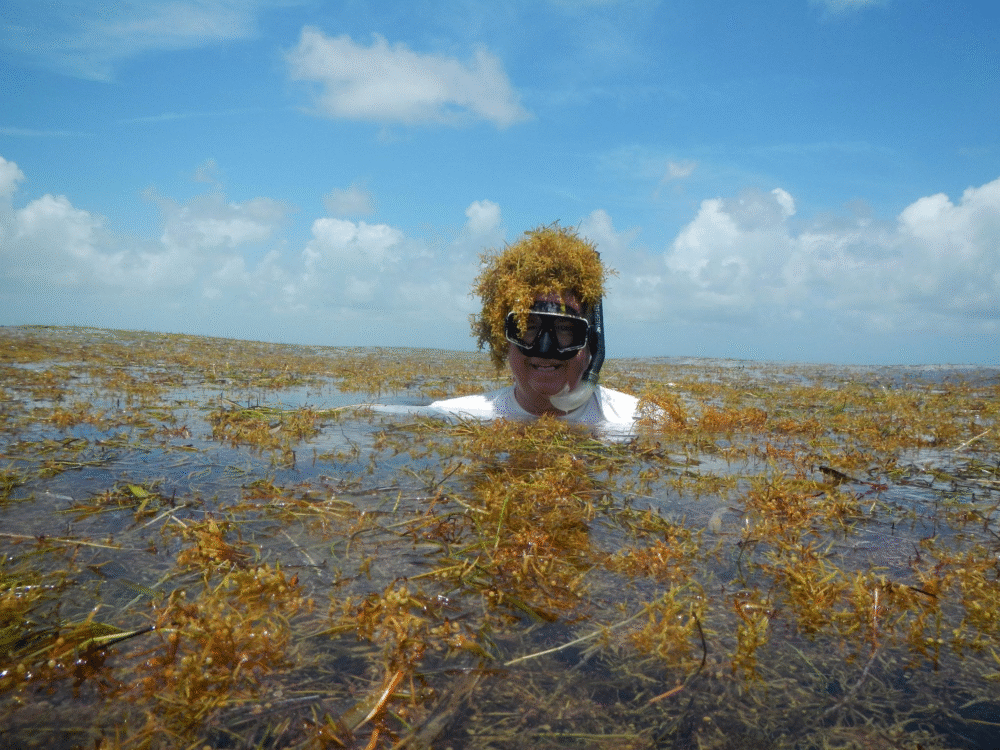
The review was published in the journal Harmful Algae and provides the most comprehensive picture yet of how sargassum has changed over time.
Key points from this review:
- Great Atlantic Sargassum Belt emergence: Since 2011, an enormous seasonal belt of sargassum stretching from West Africa to the Gulf of Mexico has been observed almost every year (with the exception of 2013).
- Record biomass: In May of a recent year, the belt reached a record 37.5 million tons of biomass. Importantly, this number does not include the 7.3 million tons of sargassum typically found in the Sargasso Sea year-round.
- Shifts in nutrient composition: Between the 1980s and 2020s, the nitrogen content in sargassum increased by more than 50%, while phosphorus levels slightly declined. This caused a sharp rise in the nitrogen-to-phosphorus (N:P) ratio, signaling a major shift in nutrient sources.
What Fuels This Expansion?
The expansion of sargassum is linked to both natural variability and human-driven nutrient enrichment. The FAU study makes clear that while ocean currents and climate cycles matter, land-based nutrient pollution is a key contributor.
Nutrient Pollution
- Agricultural runoff, wastewater discharge, and atmospheric deposition are now major sources of nitrogen and other nutrients that fertilize sargassum growth.
- Rivers, particularly the Amazon, play a huge role. Flood and drought cycles in the Amazon basin are directly linked to fluctuations in sargassum biomass.
- Data near the mouth of the Amazon River shows that nutrient outflow is significant in developing the Great Atlantic Sargassum Belt.
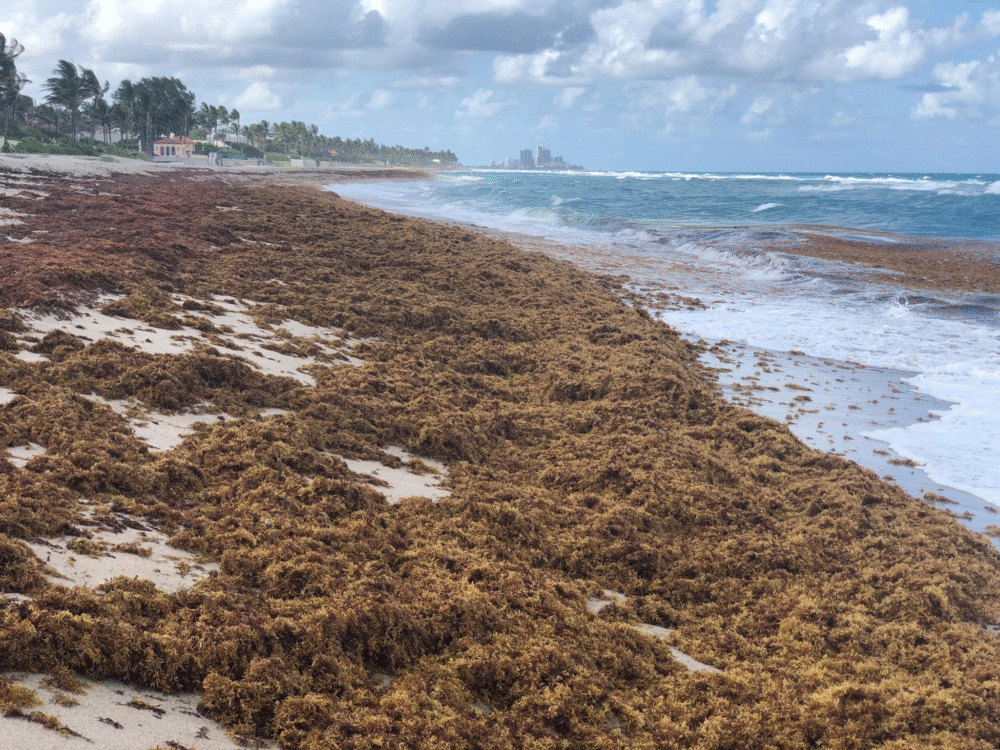
Ocean Circulation
- The Loop Current and Gulf Stream transport nutrient-rich sargassum from coastal areas into the open ocean.
- In 2009–2010, a negative phase of the North Atlantic Oscillation (NAO) may have been the initial “tipping point.” This unusual atmospheric pattern shifted waters and may have seeded the tropical Atlantic with sargassum from the Sargasso Sea.
Species Involved
- The two main species are Sargassum natans and Sargassum fluitans. A particular variety, S. natans var. wingei, has been especially dominant in the tropical Atlantic.
- These species grow extremely quickly in nutrient-rich waters, doubling their biomass in just 11 days under optimal conditions.
How Sargassum Maintains Growth in Nutrient-Poor Waters
Even when transported into nutrient-poor parts of the ocean, sargassum can continue thriving. This happens because of nutrient recycling within the mats themselves:
- Marine organisms living among the sargassum excrete nutrients.
- Microbes break down organic matter, releasing additional nutrients.
This micro-scale recycling allows sargassum to maintain high productivity even where external nutrients are scarce.
Long-Term Shifts in Elemental Balance
The tissue composition of sargassum reveals striking changes over time:
- Nitrogen content: Increased by more than 50% since the 1980s.
- Phosphorus content: Decreased slightly, creating higher N:P ratios.
- Carbon levels: Also increased, changing the overall stoichiometry.
This elemental shift reflects a move away from natural nutrient inputs like ocean upwelling and toward land-based nutrient pollution.
Real-World Impacts of Sargassum Blooms
The rapid expansion of sargassum is more than a scientific curiosity—it’s a real-world problem.
- Tourism: Beaches covered in rotting sargassum deter visitors. Cleanups are costly, and the hydrogen sulfide gas released during decomposition smells like rotten eggs and can cause health issues.
- Fisheries: Large mats disrupt fishing activity and clog nearshore ecosystems.
- Infrastructure: In 1991, mass strandings near Florida led to the emergency shutdown of a nuclear power plant because sargassum clogged the cooling water intake.
- Public health: Exposure to hydrogen sulfide from decaying sargassum can irritate the eyes, nose, and throat, and in high concentrations, it may be dangerous.
- Ecosystems: Beached sargassum smothers seagrasses, coral reefs, and mangroves while disrupting sea turtle nesting habitats.
Resolving Old Paradoxes
Early oceanographers believed sargassum thrived in the nutrient-poor Sargasso Sea, which led to confusion because mid-20th-century researchers described the same region as a “biological desert.” Modern satellite and field studies resolved this paradox by showing that much of the Sargasso Sea’s sargassum was actually transported from nutrient-rich regions like the Gulf of Mexico.
Broader Perspective: Why Sargassum Matters in the Ocean
While the focus is often on the problems sargassum causes when it hits beaches, it’s worth noting that in the open ocean, these floating mats provide vital habitat.
- Nursery grounds: Fish, crabs, shrimp, and even juvenile sea turtles use sargassum mats for shelter and food.
- Biodiversity hotspots: They host diverse communities of marine organisms that depend on them for survival.
- Carbon cycle: By fixing carbon and altering nutrient ratios, sargassum plays a role in the broader ocean biogeochemical cycles.
This dual role—helpful offshore but harmful onshore—makes managing the sargassum problem complicated.
What Makes Sargassum Unique Among Seaweeds?
Unlike many seaweeds that are attached to the seafloor, sargassum is pelagic—it floats freely. Special air bladders keep it buoyant, allowing it to drift with currents and spread widely. This floating lifestyle means it can cover vast distances and form enormous mats across the ocean’s surface.
What Can Be Done About It?
Managing sargassum blooms is an international challenge. The blooms cross multiple national boundaries, so cooperation is crucial. Possible strategies include:
- Reducing nutrient runoff: Better management of agriculture and wastewater can limit nutrient pollution entering the ocean.
- Forecasting and monitoring: Improved use of satellites and ocean models can help predict when and where sargassum will strand, giving coastal communities time to prepare.
- Harvesting: Some research explores using sargassum as a raw material for fertilizers, animal feed, or even biofuels. However, large-scale harvesting faces logistical and ecological challenges.
Additional Information: Understanding Nutrient Pollution
To really understand the sargassum issue, it helps to step back and look at nutrient pollution in the wider context:
- Excess nitrogen and phosphorus from fertilizers wash into rivers, then into the ocean.
- Wastewater systems in coastal cities often release nutrients that end up fueling algal growth.
- Atmospheric nitrogen deposition—caused by burning fossil fuels—also contributes to nutrient loading in the ocean.
Nutrient pollution doesn’t only fuel sargassum. It also drives harmful algal blooms, dead zones, and coral reef degradation.
Looking Ahead
The review by FAU Harbor Branch makes it clear: the sargassum problem is here to stay. With the combination of changing climate patterns, ocean circulation shifts, and nutrient enrichment, we should expect the Great Atlantic Sargassum Belt to return year after year.
That means ongoing scientific monitoring, international collaboration, and policy changes are necessary if coastal communities are to adapt. The problem cannot be solved by any one country—it requires a basin-wide approach across the Atlantic.
Final Thoughts
The story of sargassum is a striking example of how human activities on land—from farming to sewage disposal—can ripple across entire ocean basins. What began as floating seaweed in the relatively isolated Sargasso Sea has become a trans-Atlantic challenge affecting millions of people.
At the same time, the science shows the complexity of nature. Sargassum is both a vital offshore ecosystem and a costly coastal nuisance. Understanding it better is the only way to strike a balance between its ecological benefits and its growing threats.
Research Reference: Productivity, growth, and biogeochemistry of pelagic Sargassum in a changing world – Harmful Algae (2025)
